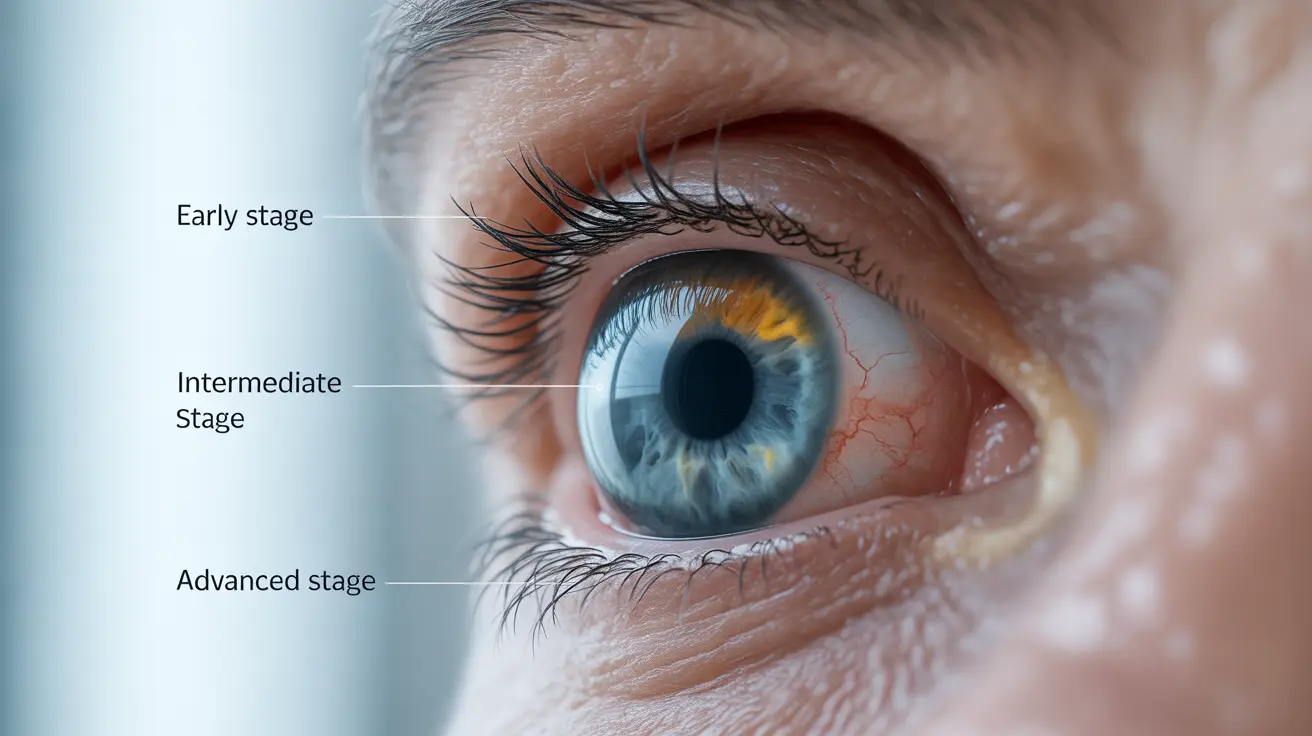Cataracts are a common age-related eye condition that can significantly impact vision quality over time. Understanding how cataracts progress and their potential to cause vision loss is crucial for making informed decisions about treatment and maintaining eye health. This comprehensive guide explores the timeline of cataract development, risk factors, and treatment options to help preserve your vision.
What Are Cataracts and How Do They Develop?
Cataracts occur when the naturally clear lens of the eye becomes cloudy, gradually affecting vision clarity. This clouding typically develops slowly over years, starting with minimal vision changes that may go unnoticed initially. The progression rate varies significantly among individuals, influenced by various factors including age, lifestyle, and overall health.
The Timeline of Vision Loss from Cataracts
Without treatment, cataracts can eventually lead to severe vision impairment. The progression typically follows several stages:
Early Stage
During the initial phase, you might notice slight changes in vision, such as:
- Mild blurring of vision
- Slightly increased glare sensitivity
- Minor difficulty with night driving
- Small changes in color perception
Intermediate Stage
As cataracts progress, symptoms become more noticeable:
- Significant vision blurring
- Increased difficulty with night vision
- More pronounced glare sensitivity
- Notable color dulling
- Need for frequent prescription changes
Advanced Stage
Without intervention, advanced cataracts can cause:
- Severe vision impairment
- Significant difficulty with daily activities
- Marked decrease in independence
- Potential legal blindness if left untreated
Risk Factors for Accelerated Cataract Progression
Several factors can influence how quickly cataracts develop and worsen:
- Diabetes
- Smoking
- Excessive UV exposure
- Certain medications (especially corticosteroids)
- Previous eye injuries or inflammation
- Family history of early cataract development
Treatment and Prevention Strategies
Modern cataract treatment options are highly effective, with surgery being the primary solution. Early intervention can prevent severe vision loss and maintain quality of life. Regular eye examinations are essential for monitoring cataract progression and determining the optimal timing for treatment.
Surgical Options
Cataract surgery is one of the most successful and commonly performed procedures worldwide, with excellent outcomes when performed at the appropriate time. The procedure typically takes less than an hour and can dramatically improve vision quality.
Frequently Asked Questions
How long does it usually take to go blind from age-related cataracts without treatment?
Without treatment, cataracts can potentially cause blindness over a period of 5-10 years, though this timeline varies significantly among individuals. Complete vision loss from cataracts is relatively rare in developed countries due to available treatment options.
What are the common signs that cataracts are worsening and affecting vision?
Key signs include increasingly blurry vision, difficulty seeing at night, increased sensitivity to glare, fading or yellowing of colors, and the need for frequent changes in eyeglass prescriptions.
Can cataract surgery completely restore vision and prevent blindness?
Yes, cataract surgery is highly effective at restoring vision in most cases, with success rates over 98%. The procedure removes the clouded lens and replaces it with a clear artificial lens, often resulting in significantly improved vision.
What factors can make cataracts progress faster and increase the risk of vision loss?
Factors that can accelerate cataract progression include diabetes, smoking, excessive UV exposure, certain medications, eye injuries, and genetic predisposition. Managing these risk factors can help slow progression.
When should I consider having cataract surgery to avoid severe vision problems?
Consider cataract surgery when vision changes begin to interfere with daily activities such as reading, driving, or working. Your eye care professional can help determine the optimal timing based on your specific situation and lifestyle needs.




